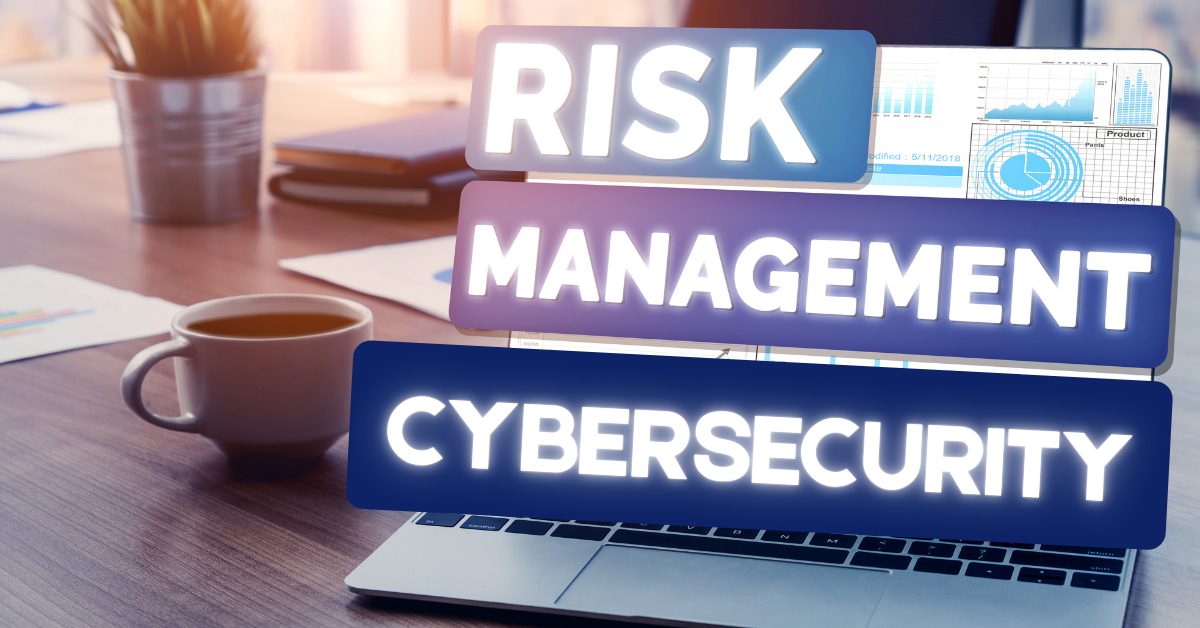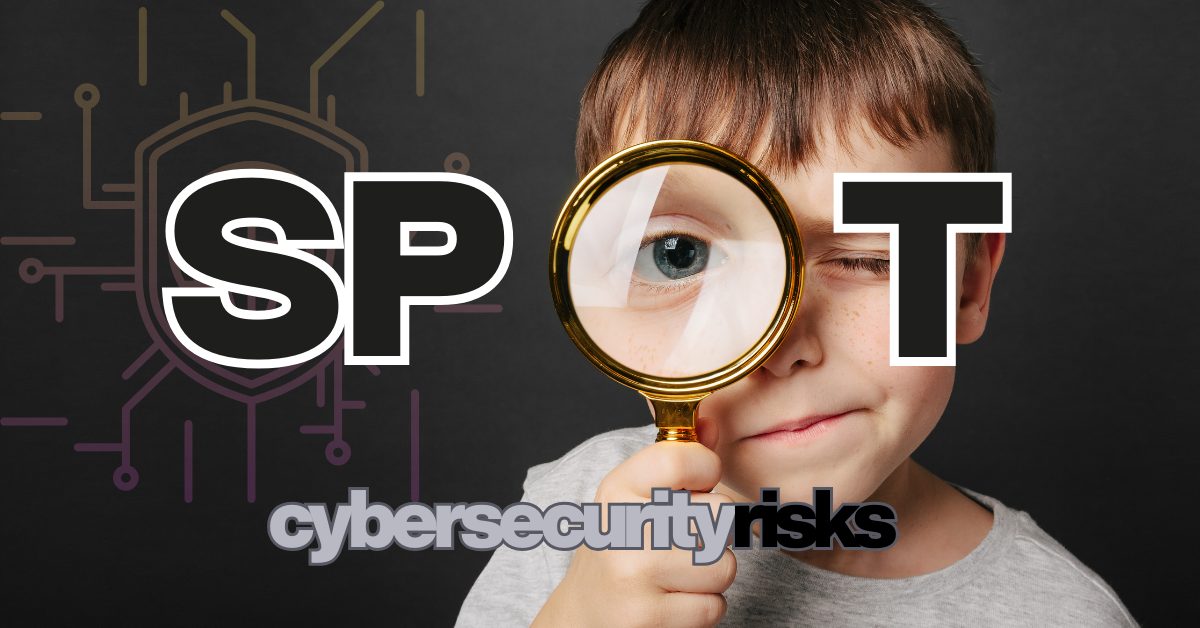Why Data Privacy and Security Should Be a Top Priority for Technology Leaders
Data privacy and security are no longer optional safeguards—they are mission-critical responsibilities that define the trustworthiness and resilience of every modern organization. For Chief Information Officers (CIOs), Chief Technology Officers (CTOs), and IT Directors, the ability to protect sensitive data, comply with regulations, and defend against cyber threats has become a defining factor of organizational success.
Leaders who take ownership of data privacy compliance, data and privacy governance, and data security frameworks are not only protecting their organizations but also building a reputation for reliability in a competitive marketplace. This is where Gallop Technology Group plays an essential role. Our Free Domain Security Check-Up and comprehensive cybersecurity solutions help organizations safeguard digital assets while maintaining compliance with evolving regulations.
Below are five powerful ways CIOs, CTOs, and IT Directors can strengthen their organization’s approach to data privacy and security.
Building Strong Policies Through Strategic Oversight
A critical responsibility of a CIO is ensuring that the IT strategy aligns with the business’s broader goals. At the heart of this is data privacy compliance—crafting and enforcing policies that meet frameworks such as GDPR, CCPA, and HIPAA.
Well-defined policies provide:
- Clarity – Employees understand their obligations when handling sensitive data.
- Consistency – Processes remain standardized across departments and regions.
- Accountability – Clear ownership of risks and responsibilities reduces gaps.
Strong governance frameworks ensure that data and privacy standards are embedded into the company culture. CIOs who take proactive oversight avoid costly compliance violations while empowering teams to act responsibly with data.
Leveraging Technology to Safeguard Information
CTOs play a pivotal role in selecting and deploying the right tools to secure data. This includes encryption solutions, multi-factor authentication, cloud access security brokers (CASBs), and advanced monitoring platforms.
To strengthen data privacy and security, CTOs should emphasize:
- Privacy-by-Design Principles – Embedding compliance directly into system architecture.
- Encryption and Tokenization – Ensuring sensitive data remains unreadable to attackers.
- Automation – Reducing human error by automating routine security tasks.
When technology adoption is guided by security-first thinking, organizations not only comply with regulations but also strengthen resilience against evolving cyber threats.
Enhancing Risk Management and Compliance Audits
Effective risk management requires consistent monitoring and proactive assessments. CIOs and IT Directors are responsible for identifying vulnerabilities before they escalate into breaches.
This process includes:
- Conducting data privacy compliance audits.
- Reviewing vendor contracts for third-party risks.
- Updating access controls regularly.
- Testing systems with simulated cyberattack scenarios.
The insights gained from these efforts help CIOs and CTOs ensure that compliance is not just a box-checking exercise but a dynamic, ongoing safeguard of business continuity.
Creating a Culture of Awareness and Accountability
No matter how strong the technology is, human error remains one of the leading causes of data breaches. IT Directors play a crucial role in training employees to understand data and privacy best practices.
This involves:
- Regular workshops and phishing simulations.
- Clear communication of reporting processes in case of suspicious activity.
- Incentivizing compliance behaviors rather than penalizing mistakes.
A culture of accountability ensures that every team member—from executives to interns—becomes a stakeholder in data privacy and security. This cultural shift transforms compliance from a burden into a shared organizational value.
Preparing for Breach Response and Incident Management
Even the most secure organizations must be prepared for the possibility of a breach. IT Directors and CTOs are responsible for ensuring that incident response plans are tested and up to date.
A comprehensive plan should include:
- Rapid Detection and Containment – Using monitoring systems to identify breaches early.
- Cross-Department Collaboration – Legal, HR, and communications teams must work together.
- Regulatory Notification – Meeting deadlines for mandatory breach disclosure laws.
- Continuous Improvement – Reviewing incidents to strengthen weak points.
Being prepared minimizes damage, protects customer trust, and keeps the organization aligned with data privacy compliance obligations.
The Combined Roles of CIOs, CTOs, and IT Directors
Individually, each role plays a vital part in protecting the organization, but collectively, CIOs, CTOs, and IT Directors form a triad of leadership in data and privacy governance.
- CIOs focus on strategy and long-term compliance.
- CTOs ensure the right technologies are selected and integrated securely.
- IT Directors manage the operational execution and employee engagement.
This collaboration ensures that data privacy and security are woven into every aspect of organizational operations.
Partnering with Experts to Strengthen Compliance
Technology leaders don’t have to manage these challenges alone. Partnering with cybersecurity providers gives organizations access to advanced tools and expertise.
Gallop Technology Group offers:
- Free Domain Security Check-Up – Identify vulnerabilities in your domain, email security, and web performance.
- Cybersecurity Solutions – Comprehensive protection tailored to small businesses and law firms.
- Managed IT Services – Scalable support that allows leaders to focus on strategic growth.
With the right partner, CIOs and CTOs can stay ahead of both compliance demands and cybercriminal tactics.

Take Control of Data Privacy and Security Today
Data privacy and security are responsibilities that cannot be delayed or delegated. For CIOs, CTOs, and IT Directors, the challenge is not only to meet regulatory requirements but also to build trust with clients, employees, and stakeholders. By focusing on strategic oversight, technological innovation, risk management, employee engagement, and incident response, technology leaders can future-proof their organizations against both compliance failures and costly cyberattacks.
At Gallop Technology Group, we specialize in supporting business leaders with cybersecurity, IT management, and risk assessments. Our Free Domain Security Check-Up helps organizations uncover vulnerabilities before attackers exploit them. Pair this with our tailored cybersecurity services, and you’ll gain peace of mind knowing your business is secure and compliant.
📌 Source:
- International Association of Privacy Professionals (IAPP): The Critical Role of CIOs in Data Privacy







